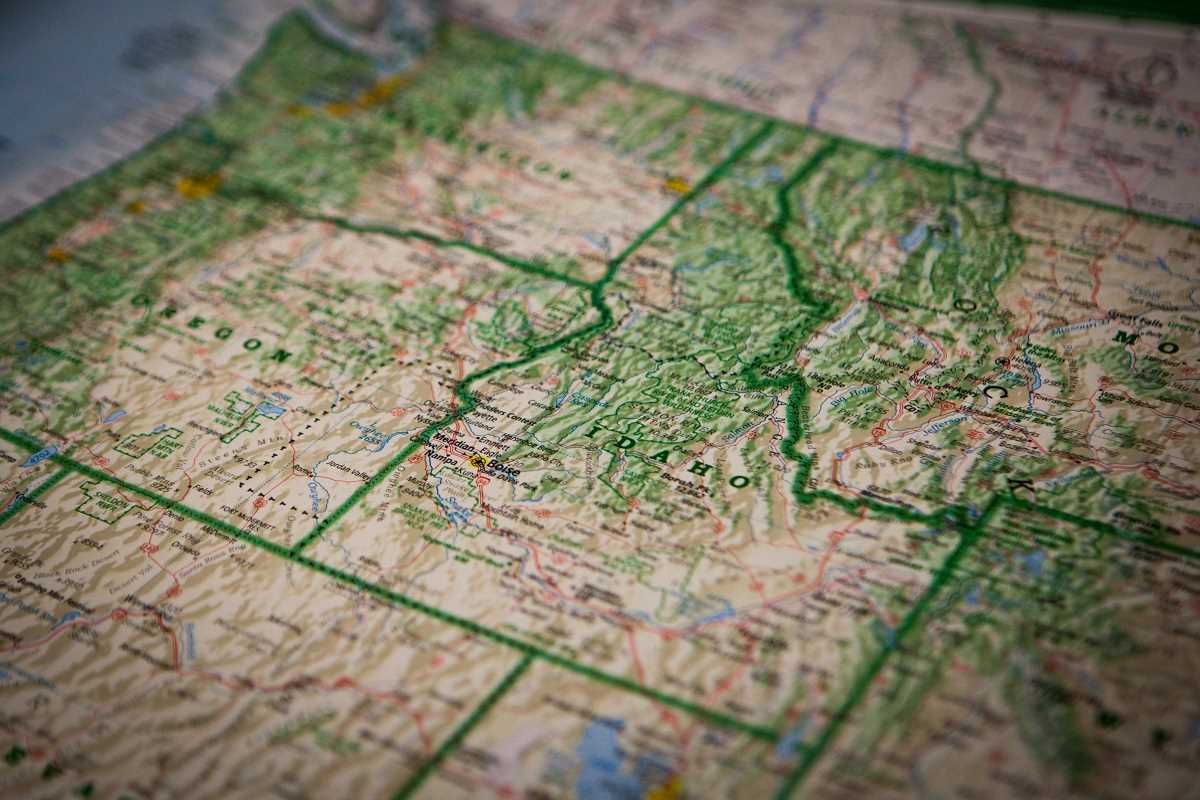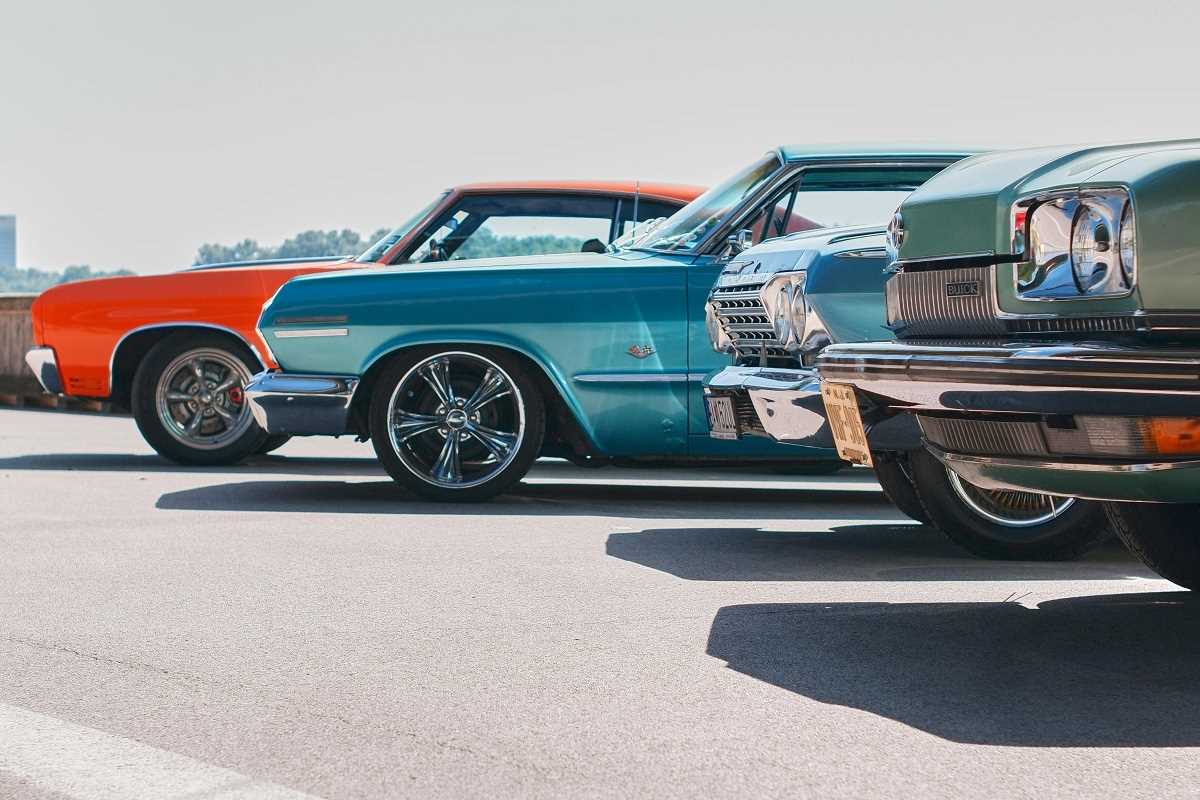Off-road activities are thrilling, but they come with unique risks that standard car insurance may not cover. Whether you’re exploring rugged trails, tackling muddy terrain, or simply venturing beyond the pavement, it’s essential to know how insurance works for vehicles used off-road. This guide tackles common questions about insuring off-road vehicles, so you can enjoy your adventures with peace of mind.
Does Standard Car Insurance Cover Off-Road Activities?
Standard car insurance policies are designed to cover vehicles used primarily on public roads, which means coverage for off-road activities is often limited or excluded.
- What’s Typically Covered: Most policies offer liability coverage even if you’re off-road, meaning if you cause damage to someone’s property or injure someone while off-road, your insurer may pay for the damages (depending on policy terms).
- What’s Not Covered:
- Physical damage to your car during off-road use is usually excluded.
- Accidents on unregistered trails or private land may not be covered.
- Modifications to the vehicle (like lifted suspensions or oversized tires) might void certain coverages unless disclosed to the insurer.
For instance, if your car gets stuck in a mud pit and requires towing damage repair, this likely won’t be covered unless you have specific off-road insurance.
Read the fine print of your policy or speak with your insurer to understand the limits of coverage for off-road activities.
What Is Off-Road Vehicle Insurance?
Off-road vehicle insurance is a specialized type of policy designed for vehicles primarily used in off-road environments, such as dirt trails, rocky terrains, or wooded areas.
- Who Needs It? This insurance is ideal for vehicles like ATVs, dirt bikes, dune buggies, and some modified SUVs or trucks used off-road frequently.
- How It’s Different From Auto Insurance:Unlike standard car insurance, off-road vehicle insurance typically covers activities that take place away from paved roads, including accidents and damages that happen on rough or rugged terrain.
For example, if your ATV rolls over on a steep hill and incurs body damage, off-road insurance steps in to help cover repair costs.
Having dedicated off-road coverage can save you significant expenses and stress when things go wrong during an adventure.
What Does Off-Road Insurance Cover?
Off-road insurance is designed to address the unique risks associated with driving in challenging, non-paved environments. Here’s what it typically includes:
- Liability Coverage: Protects you if you cause injury to another person or damage their property during off-road activities.
- Collision Coverage: Pays for damage to your off-road vehicle resulting from a collision, whether it’s with another vehicle, a tree, a rock, or other obstacles.
- Comprehensive Coverage: Covers non-collision-related damages, such as theft, fire, or vandalism.
- Medical Payments or Personal Injury Protection: Offers financial support for medical expenses if you or your passengers are injured during off-road use.
- Uninsured/Underinsured Motorist Coverage: Provides protection if another off-road driver who doesn’t have adequate insurance causes an accident.
For instance, if your dirt bike is stolen from your garage or campsite, comprehensive coverage from an off-road insurance policy would help replace it.
Be sure to review available coverage options with an insurer to determine which policy is right for your off-road vehicle and activities.
What Vehicles Qualify for Off-Road Insurance?
Off-road insurance is typically geared toward specialized vehicles that are designed for use on rugged terrain.
- Examples of Qualifying Vehicles:
- All-Terrain Vehicles (ATVs)
- Utility Terrain Vehicles (UTVs or side-by-sides)
- Dirt bikes or trail motorcycles
- Dune buggies or sand rails
- Snowmobiles
- Rock crawlers
- Modified SUVs or Jeeps specifically designed for off-road purposes (e.g., lifted or with reinforced suspensions)
- Registration Requirements:
- Some states require off-road vehicles to be registered or plated for legal use, which might affect your insurance options or coverage.
If you plan to use your recreational vehicle exclusively off-road, off-road insurance is usually mandatory rather than optional.
What Happens If I Modify My Vehicle for Off-Road Use?
Adding off-road-specific modifications to your vehicle can impact your insurance policy. It’s important to disclose any changes to your insurer to avoid coverage issues.
- Common Modifications:
- Lift kits
- Oversized tires
- Enhanced suspension systems
- Skid plates
- Winches for towing and recovery
- Why It Matters: Many insurers consider a modified vehicle to be at higher risk for accidents or damage. Failing to report these changes can result in denied claims.
- How to Insure Custom Modifications: Some insurers offer customization coverage, which extends specifically to aftermarket upgrades. For example, if a rock damages your custom suspension, this coverage would ensure repairs are included under your policy.
Failure to disclose modifications could void parts of your coverage, leaving you on the hook for costly repairs.
Do Off-Road Insurance Policies Include Towing and Recovery?
Towing and recovery are common concerns for off-road enthusiasts, especially when vehicles get stuck in remote locations.
- Off-Road Recovery Coverage: Some off-road insurance policies include provisions for specialized towing and recovery services. This is especially useful if your vehicle becomes stranded in a difficult-to-reach spot.
- What It Covers: Coverage may include winching fees, towing from remote trails, or other recovery efforts. Keep in mind there might be limits on how much the policy will pay per incident.
For example, if your Jeep becomes submerged in a river crossing and requires professional extraction, this type of coverage could help cover the cost.
If this is an important feature for you, confirm with your insurer that towing/recovery is included in your policy.
What Should You Consider When Insuring a Vehicle for Off-Road Activities?
Choosing the right insurance policy for your off-road adventures depends on several factors:
- Frequency of Use: If you frequently drive off-road, investing in comprehensive off-road coverage makes more sense than relying on a standard auto policy.
- Type of Terrain: Driving on rocky terrains, muddy trails, or sand dunes carries higher risks, making tailored insurance coverage more critical.
- Vehicle Value: High-end off-road vehicles or those with custom modifications warrant broader coverage to ensure you’re not left with major expenses after an accident.
By evaluating your needs and choosing a policy accordingly, you can ensure you’re prepared for unexpected mishaps.
How Can You Reduce Risks During Off-Road Activities?
To minimize accidents, injuries, and potential insurance claims, it’s important to take proactive safety measures:
- Regular Maintenance: Ensure your vehicle is in good condition before hitting the trails, checking essentials like brakes, tires, and fluids.
- Safety Gear: Always wear appropriate gear, such as helmets for ATVs and dirt bikes or seatbelts in side-by-sides.
- Trail Familiarity: Stick to designated trails and familiarize yourself with the terrain to avoid unnecessary dangers.
- Avoid Solo Trips: Always bring a companion or inform someone of your location before heading off-road.
- Carry Recovery Tools: Equip your vehicle with tools like tow straps, a winch, and a first-aid kit in case of emergencies.
By combining proper safety practices with a suitable insurance policy, you can better protect yourself and your vehicle during off-road activities.
 (Image via
(Image via





